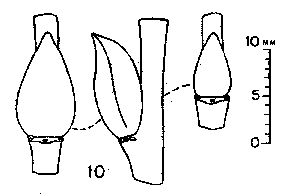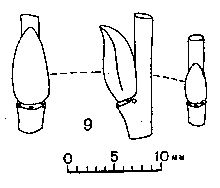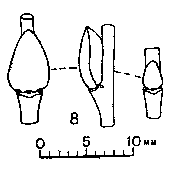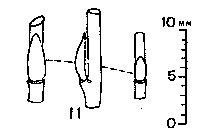Willows of New England
Salix atrocinerea: identification in winter
Salix atrocinerea is treated differently by different authors, and our treatment may not necessarily be the same as in other keys. Besides, our study is only based on populations in New England: variabilty and range of characters of the willow we treat here as S. atrocinerea may not be the same as in the area of its natural distribution in Subatlantic Europe. One should not think either that 'pussy willows' introduced from Europe had been wild collected; on the contrary, originally introduced plants apparently included cultivars and cultivated hybrids. Its hardly possible to tell now which of them were able to escape from cultivation. We cannot even tell whether the willows in question are actually products of subsequent hybridization with native willows.
Difficulties with willow identification have been probably somewhat exaggerated. Assuming that one cannot mix willows with other plants and would not confuse willows belonging to different subgenera (that is, separate S. babylonica, S. alba, and S. nigra from the rest of the willows), we hope that the proposed illustrated list of characters will help identify invasive populations of S. atrocinerea right in the field and even during the wintertime. While we don't think that this is going to be enough to correctly and reliably identify each specimen, we hope that this is enough to recognize any well-established population of S. atrocinerea in most cases.
|
   |
||||
|
|||||
In case one finds that in the studied specimens the characters match this list, he might conclude he deals with S. atrocinerea. If not, the population probably should be examined once again during the summer season. Perhaps, tree habit is not obligatory for S. atrocinerea. Therefore, in the wintertime we cannot reliably identify shrubby populations.
1 Feb 2007 (A. Zinovjev & I. Kadis)



